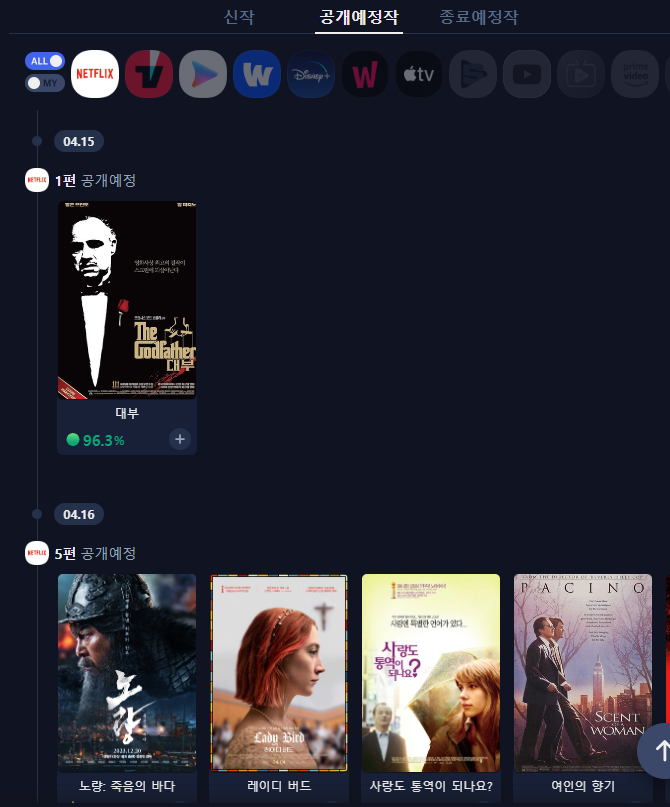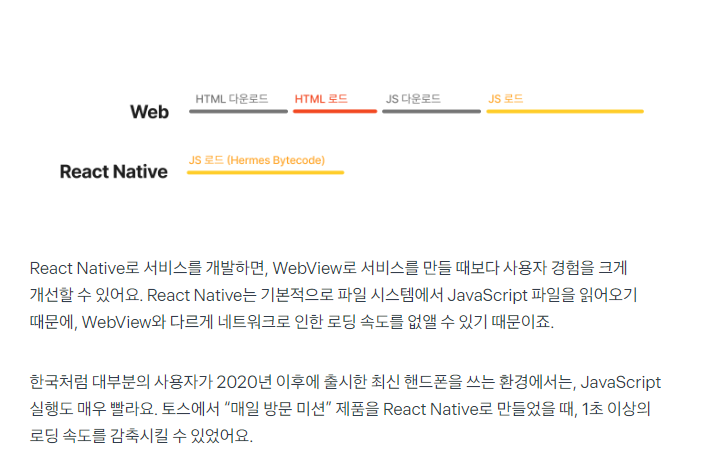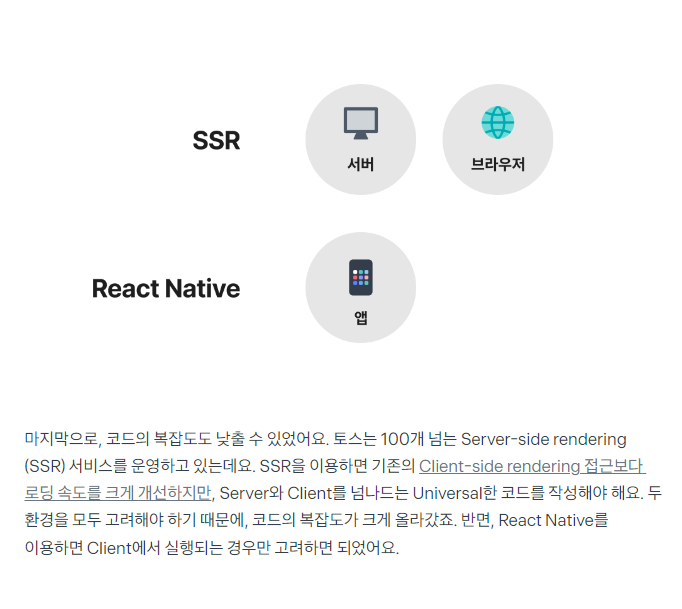마음은
생의 원천이요 고향이다.
영원에서 영원까지 향수에 젖은 삶을 사는
중생은 마음을 상실한 탓이다. 우리는 먼저
내가 내 마음을 부릴 수 없는 인간은 인간이
아님을 절실하게 느끼게 되어야 인간 될
가능성이 있다는 것을 알아야 한다.
내 마음을 내가 발견하여
쓰는 것이 인간이다.
- 김일엽의 《행복과 불행의 갈피에서》 중에서 -
* 마음은 의식,
또는 영혼이라 부를 수 있습니다.
영혼은 이 세상에 올 때 깃들 몸을 취합니다.
마음, 곧 영혼이 깃든 집이 몸입니다. 한 세상 열심히
살고 나면 늙고 낡아진 몸은 해체되고 마음, 곧 영혼은
'나'의 근원으로, 본향으로 돌아갑니다. 진정한 '나'가
누구임을 아는 것, 그것이 자기 발견입니다. 몸이
본향으로 돌아가기 전에 선행되어야 할
위대한 발견입니다.

'아침편지' 카테고리의 다른 글
| 변신 (2) | 2024.04.01 |
|---|---|
| 고대 아이들의 놀이 (1) | 2024.03.29 |
| 내 인생의 전성기 (0) | 2024.03.27 |
| 나이 든 사람의 처신 (0) | 2024.03.26 |
| 차이 (0) | 2024.03.25 |












